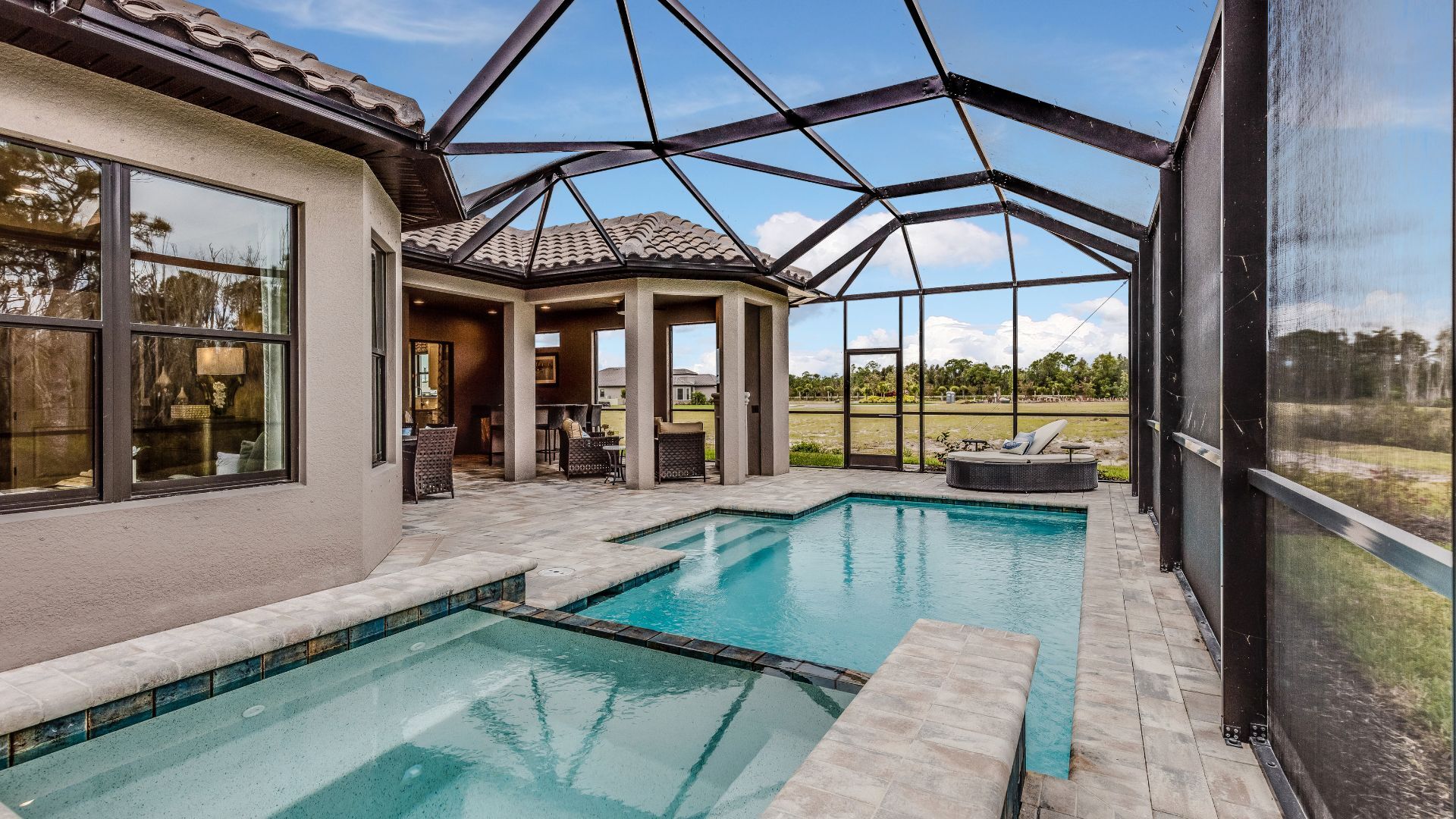Regulatory costs add nearly $94K to new home prices Costs make up 23.8% of average home sales price
A recent study by the National Association of Home Builders found that regulations imposed by all levels of government on new homes account for $93,870, or 23.8%, of the current average sales price ($397,300).
Of that $93,870, $41,330 is attributable to regulation during development, and $52,540 is due to regulation during construction.
The study was filed out by 2,071 NAHB members and 57 developers, and nearly all of the builders — 98.9%, per the study — reported experiencing some type of regulatory cost during construction. Added together, the average of these costs across all homes in the report accounted for 21.5% of the builder’s construction costs and 13.3% of the final house price.
This news comes on the heels of an NAHB report that found lumber prices have tripled over the past 12 months, and are causing the price of the average new single-family home to increase by $35,872. To illustrate how costs have soared, the $35,872 is on top of the $93,870 imposed by the government. Beams, joists, headers, rafters and trusses, sheathing, flooring and underlayment, interior wall, and ceiling finishing were also taken into account when totaling the costs of a new home, the NAHB said.
As of the beginning of May, the price of framing lumber is nearly $1,500 per thousand board feet. That’s up more than 250% since April 2020, when lumber prices were roughly $350 per thousand board feet.
With intense demand for homes on the higher end of the pricing spectrum, new updates to the QM rule that went into effect on March 1 and growing investor interest in jumbo mortgages – this is the perfect time for the broker community to support their clients with speed and ease.
Over five years — from 2016 to May 2021 — the NAHB also found that regulatory costs in an average home built for sale went from $84,671 to $93,879, or a 10.9% increase.
Going further back, regulatory costs for a new home were approximately $65,000 in 2011.
“This study illustrates how overregulation is exacerbating the nation’s housing affordability crisis and that policymakers need to take bold steps to reduce or eliminate unnecessary regulations that will help builders increase the production of quality, affordable housing to meet growing market demand,” said NAHB Chairman Chuck Fowke.
Per the study, 84.5% of the developers reported being subject to design standards under regulation that “went beyond” what they would ordinarily do and added to their costs. On average, these requirements account for 9.1% of price of the lot, and 2.3% of the final house price.
90.2% of builders reported that changes to building codes over the past 10 years have added to their costs. Averaged across all homes, the cost increases associated with codes account for 9.9% of the builder’s construction costs, and 6.1% of the final house price.
In February, Fowke said the continued successful rollout of the COVID-19 vaccine should do wonders for lumber prices, as more plants will reopen in Canada and the U.S. — thus, increasing inventory and driving overall prices down.
That hasn’t happened yet, as low inventory continues to cripple homebuilders and potential buyers, who don’t want to engage in ultra-competitive bidding wars.
The U.S. and Canada in 2006 signed a trade pact, the Lumber Softwood Agreement, that expired in 2015 without a replacement.
Start Your Loan
with DDA todayYour local Mortgage Broker
Mortgage Broker Largo See our Reviews
Looking for more details? Listen to our extended podcast!
Check out our other helpful videos to learn more about credit and residential mortgages.





